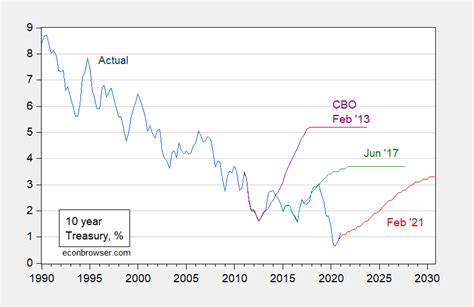Introduction
The S&P 500 index, a benchmark for the 500 largest publicly traded companies in the United States, has enjoyed remarkable dominance in global equity markets over the past decade. However, as we approach 2025, investors are increasingly scrutinizing the index’s future prospects amidst rising geopolitical tensions, economic headwinds, and the emergence of compelling alternative investment destinations.

S&P 500: A Decade of Stellar Performance
Over the past decade, the S&P 500 has delivered an impressive average annual return of 10.5%, outperforming most other major stock indices. This stellar performance has been driven by a combination of factors, including low interest rates, strong corporate earnings, and the dominance of technology companies.
Table 1: S&P 500 Performance over the Past Decade
| Year | Return |
|---|---|
| 2011 | 2.11% |
| 2012 | 16.00% |
| 2013 | 29.60% |
| 2014 | 11.39% |
| 2015 | 5.69% |
| 2016 | 9.54% |
| 2017 | 19.42% |
| 2018 | 6.24% |
| 2019 | 31.49% |
| 2020 | 18.40% |
Source: Yahoo Finance
Challenges and Opportunities
Despite its past success, the S&P 500 faces several challenges in the coming years. Economic uncertainty, rising inflation, and geopolitical tensions all pose potential headwinds for the index. Furthermore, the index’s heavy concentration in technology companies makes it vulnerable to fluctuations in the tech sector.
However, these challenges also present opportunities. The S&P 500 is still a well-diversified index with exposure to various industries. Moreover, its liquidity and transparency make it an attractive investment vehicle for both domestic and international investors.
The Rise of International Equities
In recent years, international equities have gained increasing attention as investors seek to diversify their portfolios and tap into different growth opportunities. Emerging markets, in particular, have shown strong potential, offering investors access to fast-growing economies and undervalued companies.
Table 2: Performance of Selected International Equity Indices
| Index | Return (2021) |
|---|---|
| MSCI Emerging Markets Index | 22.19% |
| FTSE 100 Index (UK) | 14.34% |
| Nikkei 225 Index (Japan) | 4.90% |
| DAX Index (Germany) | 15.80% |
Source: Bloomberg
S&P 500 VS International Equities: A Comparative Analysis
When comparing the S&P 500 to international equities, investors should consider several factors, including:
- Economic outlook: The economic outlook for the United States and the rest of the world will significantly impact the performance of both indices.
- Currency fluctuations: Currency fluctuations can affect the returns of international equities for investors holding their investments in US dollars.
- Political stability: Political stability and corporate governance practices in different countries can influence investment returns.
Table 3: Comparison of S&P 500 and International Equities
| Feature | S&P 500 | International Equities |
|---|---|---|
| Exposure | US-based companies | Companies from different countries |
| Market capitalization | Large-cap companies | A mix of large-, mid-, and small-cap companies |
| Dividend yield | Historically lower | Higher in some emerging markets |
| Volatility | Moderate | Higher, especially in emerging markets |
| Correlation | Low with international markets | High within regions |
Outlook for 2025 and Beyond
Predicting the future performance of the S&P 500 and international equities is a challenging task, given the uncertain economic and geopolitical landscape. However, several factors may shape their performance over the coming years:
- Technological innovation: Continued technological innovation and the rise of new industries will continue to drive growth in both the US and international markets.
- Globalization: Globalization will continue to interconnect economies and markets, creating both opportunities and challenges for investors.
- Environmental, Social, and Governance (ESG) investing: ESG factors are becoming increasingly important to investors, and companies that embrace sustainability may outperform those that do not.
Conclusion
The S&P 500 index has been a mainstay for investors over the past decade, but its dominance is not guaranteed in the years to come. International equities offer compelling alternatives, particularly in emerging markets. Investors should carefully consider their risk tolerance, investment horizon, and diversification needs when making decisions about their equity exposure. By understanding the challenges and opportunities facing both the S&P 500 and international equities, investors can make informed choices that position their portfolios for success in the years ahead.
Appendix
Table 4: Key Statistics for the S&P 500 Index
| Statistic | Value |
|---|---|
| Number of companies | 500 |
| Market capitalization | $38.8 trillion |
| Average dividend yield | 1.4% |
| Price-to-earnings (P/E) ratio | 25.4 |
| Sector allocation | Technology (28.7%), Health Care (14.3%), Financials (10.7%) |
Source: S&P Global



